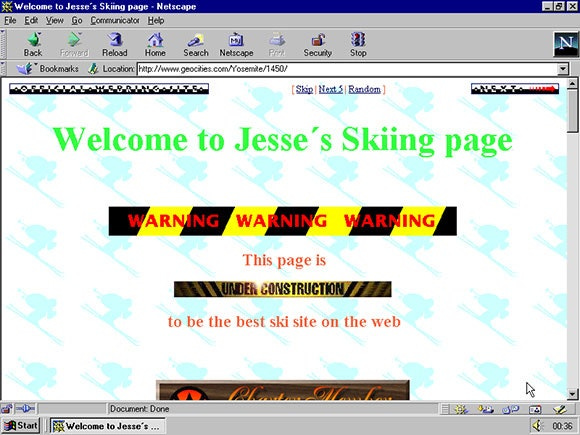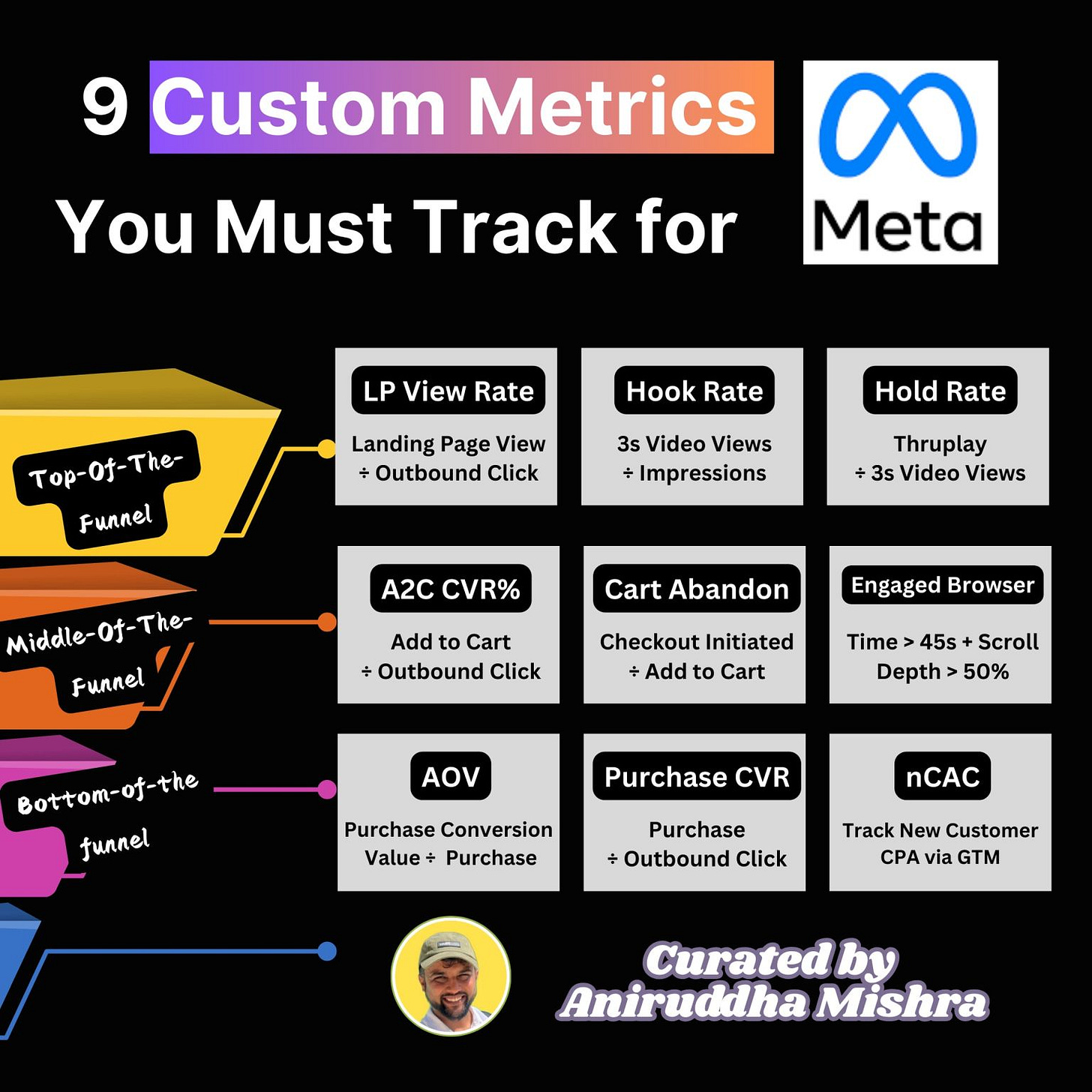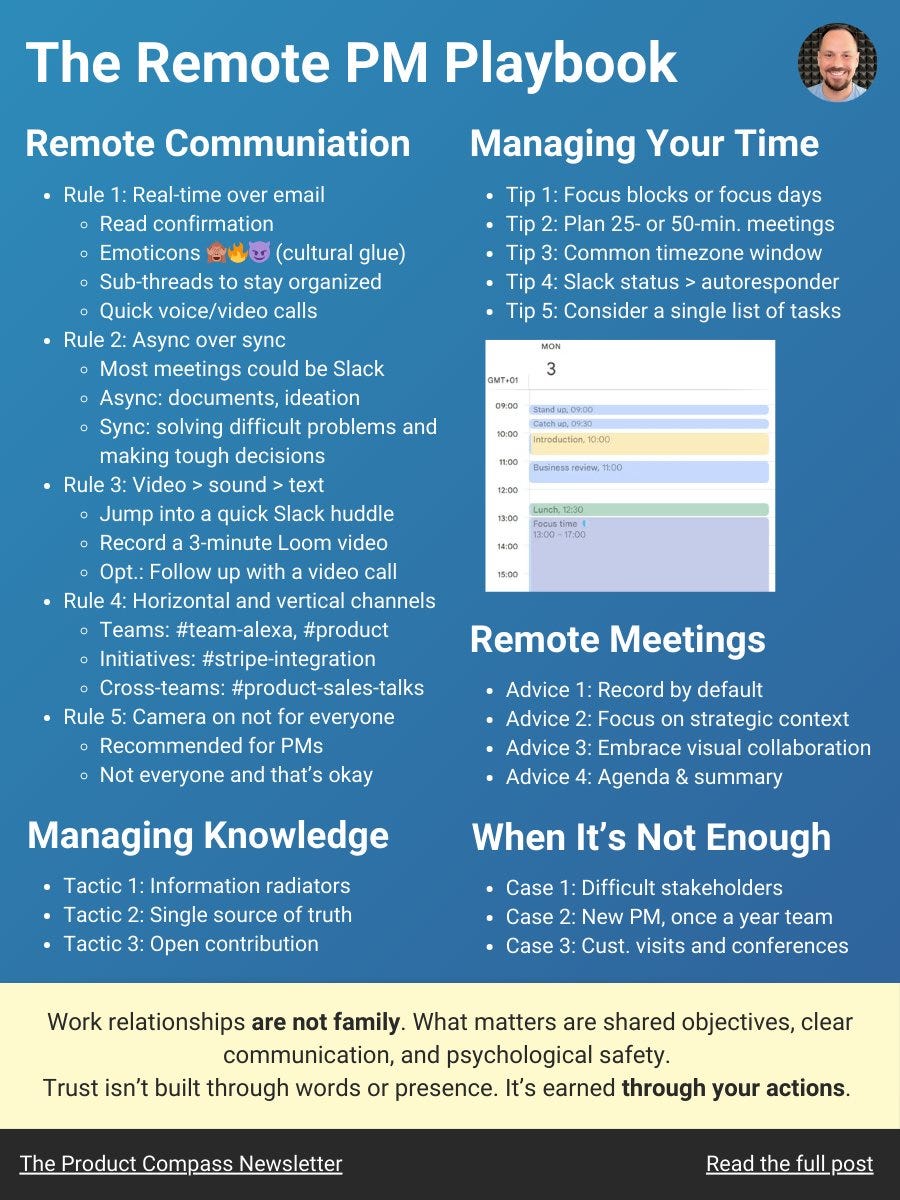Global Digital Marketing & Retail by Alex 78
Inspiration from across the world for retail enthusiasts, e-commerce professionals, marketing lovers and technology fans. Welcome back! I summarized some great links again, I stumbled upon this week.
Good morning! It is saturday again and here we go again. Edition 78 already! Enjoy the newsletter topics for everyone again, be sure to checkout the Indian Flipkart “snoring” campaign 🤣.
⚠️Beyond quality score: user experience and navigation for ad optimization
This makes sense of course. Thats why I think a landingpage focus is always important. Before Google only adressed the relevance of a page, but now they put emphasis at the user experience including the navigation.
Made me think of the “geocities time” when we were all busy crafting ugly but fun pages, hence the screenshot from a geocities gallery.
https://blog.google/products/ads-commerce/search-ads-and-the-importance-of-landing-page-navigation/
https://searchengineland.com/google-ad-quality-systems-user-navigation-451643
🏴☠️Become a category pirate: think differently
Its already a bit older podcast or interview, but I highlight it here in the newsletter, because it fits 100% in my vision that sometimes you need to think differently, beyond the standard marketing jargon. (check out also this post on Ryanair)
This pod does exactly that and Christopher Lochhead seems a fun guy so its also fun to listen to. I highlight a few things I find interesting below.
We all know who Bob Marley is, we don't know who the 17th greatest reggae musician or band in the world is. We all know who Pablo Picasso is, we don't know who the fifth greatest Cubist artist is.
It emphasizes the importance of creating a new category where you can be the first and the best, rather than trying to compete in an existing category where you might not be able to achieve that level of recognition.
The category makes the product, the category makes the brand, the category makes the company.
The category provides the context and framework for how people perceive and value a product or brand.
Name it, frame it, claim it:
Name: Choose a distinctive name for your category that captures its unique value and sets it apart.
Frame: Define the problem your category solves in a new and thought-provoking way, challenging the existing mindset.
Claim: Make bold assertions about your category's potential to transform the world and establish yourself as the leader.
“Guess what I've never seen in a marketing plan ever? What's that? Word of Mouth."
In the native Digital World WOM can spread in a way that was never possible in the analog world."
“Category design is the only business strategy whose primary execution focus starts with WOM."
This I so much agree with. WOM is never in a marketingplan, but if you have fixed WOM you do not need -in many cases- to spend those enourmous amounts on awareness campaigns.
The Lightning Strike model is a marketing approach that prioritizes making a big impact within a short timeframe, rather than spreading marketing efforts thinly throughout the year.
B2B: For B2B companies, Lochhead suggests 1-2 "lightning strikes" per year.
B2C: For B2C companies, he suggests 2-3 "lightning strikes" per year, potentially with one per quarter for larger companies.
"The lightning strike model in category design teaches us I'd rather matter for one week a year than be irrelevant for the rest of the year."
This is also a very interesting part, the lightning strike model. It totally opposites the often used “always on campaigns”. The lightning strike model is more in direction of the hollywood model. When there is a new movie out, you cannot miss it. That idea. Only a few weeks but everyone sees it.
Towards the end of the podcast, Christopher Lochhead and Lenny discuss the importance of people who can envision and understand the future. Fits also directly into my street, as we say in the Netherlands. Worth a listen this pod!
🔥Rethink E-mail marketing —> Batch and Blast E-mails a good idea
I worked as an e-mail marketer for a couple of years, always and still has my attention. It’s nice to “broadcast”. One time I was invited to a seminar in Portugal where “Dela Quist” spoke, a true e-mail guru who sees things always slightly different then others, but often fact based. I was inspired by his talk back then and still follow him online.
Just recently I saw this post from Dela, that makes you rethink. It’s on personalisation and I think it makes sense for the reasons written in the post, but also because over personalisation can cause bias. It’s always good to randomize and learn.
I’ve been advocating for a while now that batch and blast emails, or "brand emails" as I prefer to call them, still hold significant value and should remain an essential part of our marketing strategy.
The idea is to enhance personalization by avoiding the pitfalls of over-personalization and encouraging serendipitous discoveries. This emphasis on randomness points towards an interesting conclusion: despite the growing focus on personalization, there's still a strong need to maintain batch and blast emails.
https://www.linkedin.com/pulse/why-batch-blast-emails-deserve-second-look-dela-quist-hziwe/
📏Anirudda and 9 custom metrics for Meta
As I wrote before, I want to always go beyond the standard things the common ones everyone does. That’s why I place here this post from Anirudda Mishra on performance marketing. Because these are non standard metrics to track for Meta. You have to set them up manually.
✅ TOFU (top of funnel): Nail awareness with Hook Rate and LP View Rate.
Hold rate: This metric combines Thruplay (how long people watch your video) and 3-second video views. It gives you a sense of how engaging your video content is and how well it retains viewers. A high hold rate suggests your video is captivating and keeps people watching
✅ MOFU: Track intent using Cart Abandonment + Engaged Browser (This metric tracks users who spend a significant amount of time on your website (more than 45 seconds) and scroll through a substantial portion of the page (more than 50%). This indicates interest and a higher likelihood of conversion. They are engaged with your content.) (Time > 45s, Scroll > 50%).
✅ BOFU: Maximize conversions with Purchase CVR and AOV.
Give it a try, see the infographic for details.
🛫Remote work PM playbook (link and infographic)
While I enjoy working in the office and mostly do, I am totally for freedom and remote working. That’s why I always keep an eye at best practices on that, especially from a product management perspective.
Details in the unpaywalled complete article, thanks Paweł Huryn
🇮🇳 Flipkart Valentines day commercial | AI snoring analysis results in discounts!
Flipkart Minutes is Flipkart's quick-commerce service that promises to deliver groceries and essentials to your doorstep within minutes. It’s similar to Zepto, I wrote earlier about. Now Valentines day has already passed but, only a day, so I think I can still share this ad. It seems the old man is so increadibly slow in standing up, the delivery driver can be there in time 😂
I was reading on Flipkart and it becomes even more funny. Flipkart (not Flipkart minutes but the regular flipkart) had this Valentines day an AI promotion on “snoring” 😂
Flipkart’s recently launched‘Snore Campaign’ has designed a special calculator that listens to a person's snoring patterns and converts them into dynamic offers.
Try it yourself (mobile only)
🗺️Canva and Amazon team up with Amazon Creators
I am a big fan of canva. It’s really a good product. I think it is a very smart move to team up with Amazon to help Amazon sellers and influencers create Amazon content. It helps the customers from Amazon and the sellers.
It already exists for a while and it is really cool, you can create very easily great product images but also (since recently) storefronts, but everytime they add new integrations and solutions.
Useful for freelancers, marketplace managers and many others. Check it out!
Details: https://www.lindseygamble.com/blog/amazon-creators-canva-integration-amazon-storefronts
https://www.canva.com/amazon-ads/
https://advertising.amazon.com/resources/whats-new/amazon-ads-app-on-canva
🔮Top future skills trends
This infographic highlights the skills employers will value most by 2030, revealing a growing need for tech expertise like AI and cybersecurity. Human skills, including critical thinking and leadership, remain essential in the future workplace. Design & UX are emerging as crucial skills, reflecting the increasing importance of user-centered approaches. Traditional skills such as manual tasks and basic abilities are declining in importance. Something to think about and to be prepared!
Thank you for reading, liking and subscribing,









